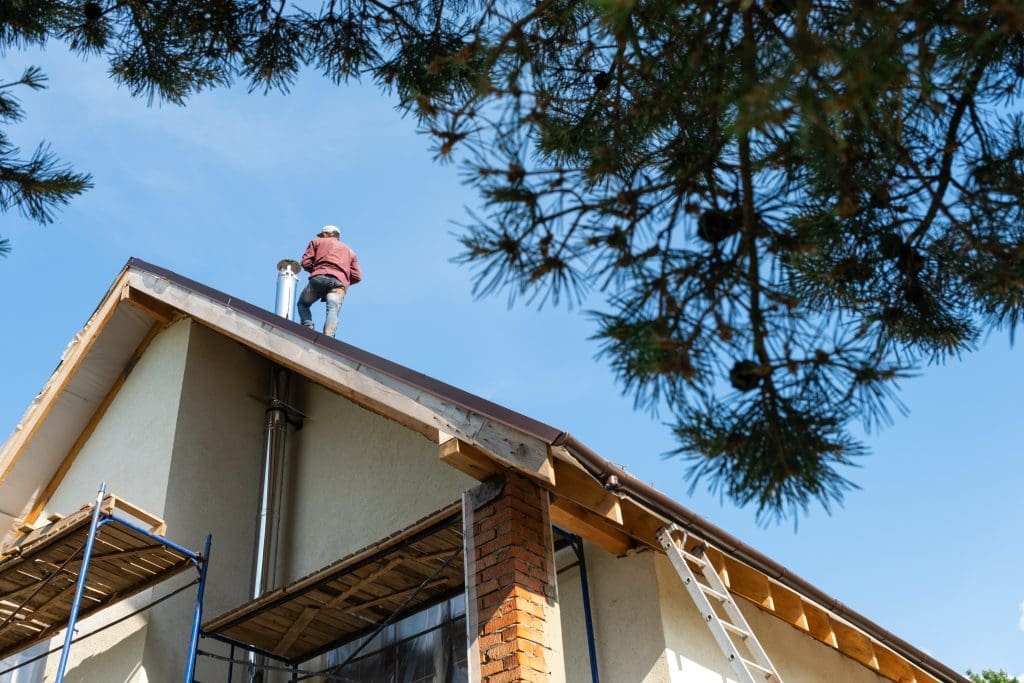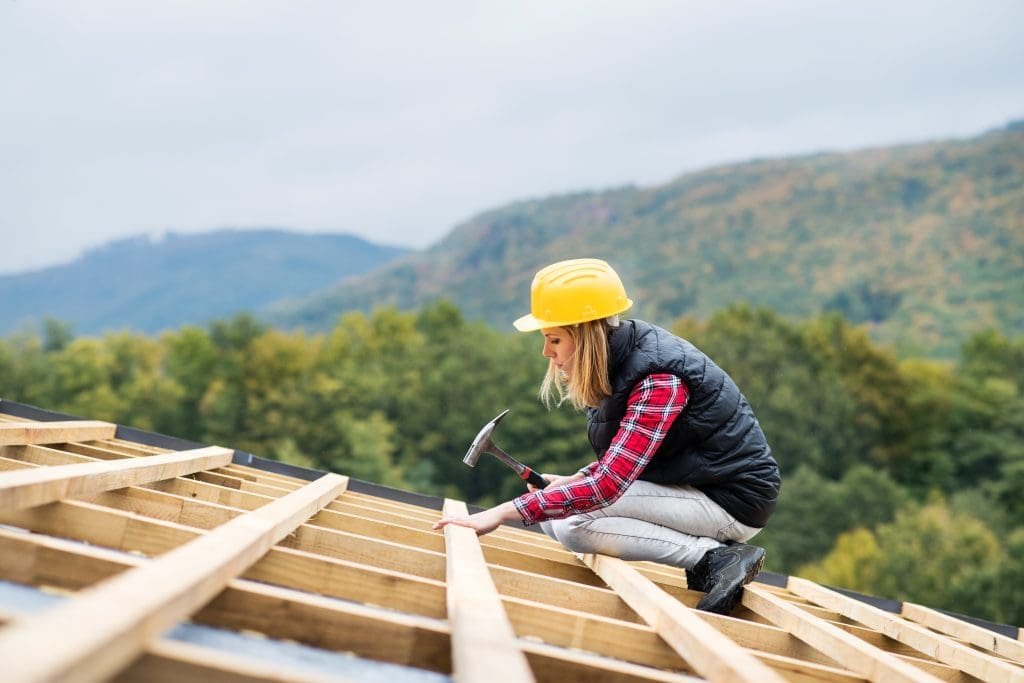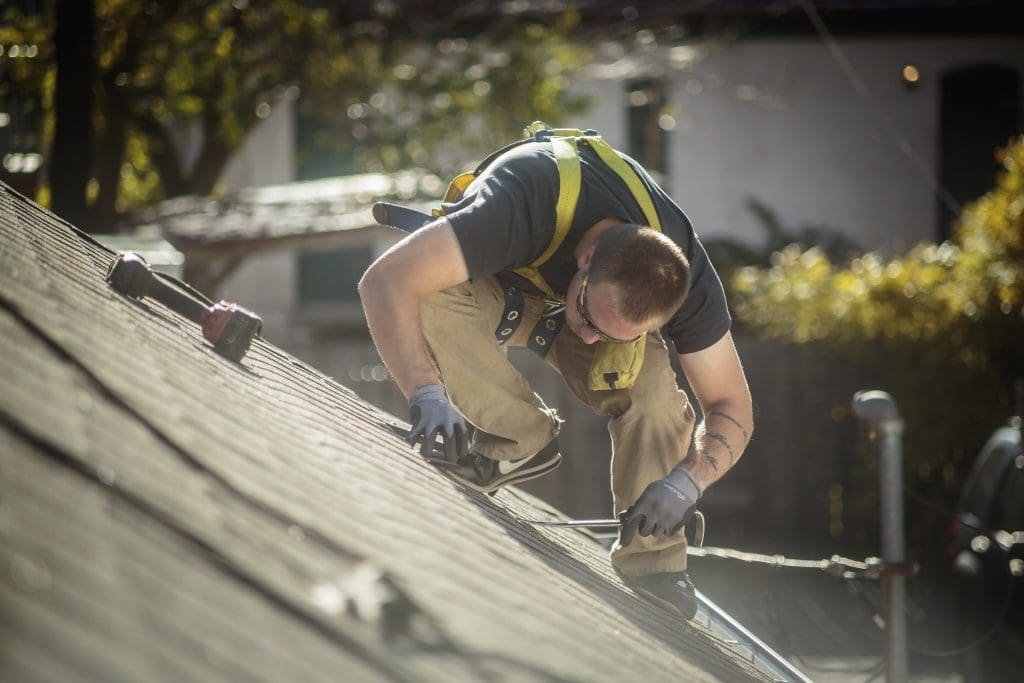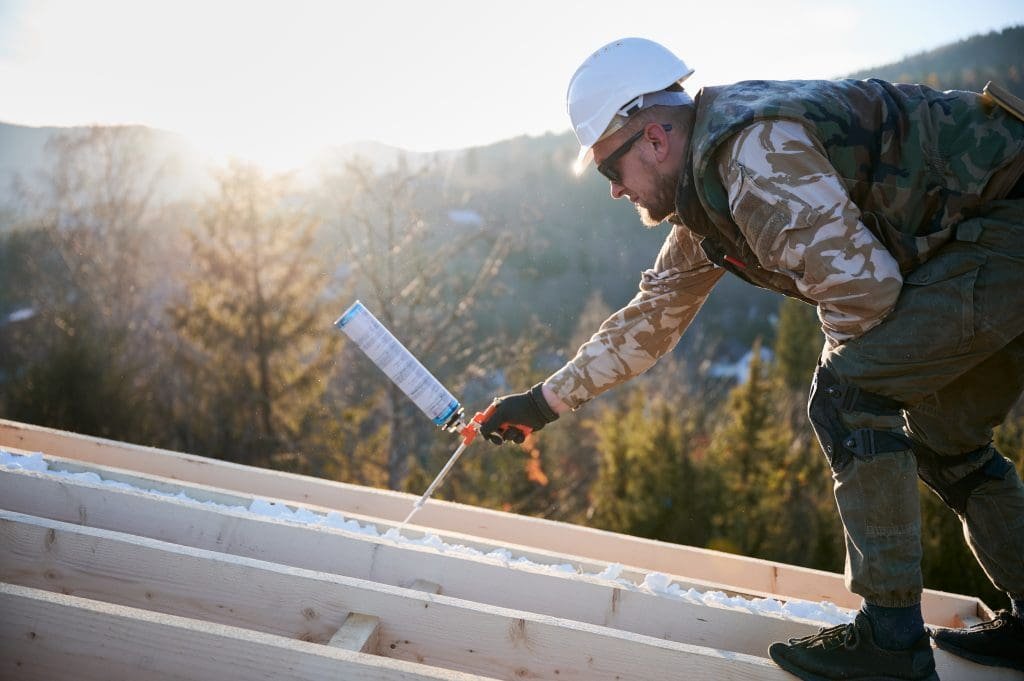Roof repair is an essential aspect of home maintenance, especially for residents of Martinsburg, WV, where seasonal weather changes can significantly impact roofing structures. This comprehensive guide will help homeowners understand what to expect during the roof repair process, from initial inspections to post-repair maintenance.
Understanding the Basics of Roof Repair
Before embarking on a roof repair project, it’s crucial to understand the fundamental concepts involved. Roof repair can range from minor fixes, like replacing shingles, to more extensive work that may involve structural repairs. Knowledge of the underlying issues can aid in making informed decisions.
The Importance of Regular Roof Maintenance
Regular roof maintenance can prolong the lifespan of your roof and prevent costly repairs down the line. In Martinsburg, with heavy rains and strong winds, performing routine inspections helps identify problems early on. Maintenance might include clearing debris, inspecting seals, and cleaning gutters to avoid water damage.
Moreover, having an annual maintenance schedule ensures that any minor issues are addressed before they escalate, preserving both your roof’s integrity and your home’s value. Engaging a professional for these inspections can provide a thorough assessment, as they are trained to spot potential problems that an untrained eye might miss. They can also offer advice on the best materials and techniques for repairs, ensuring that your roof remains in optimal condition.
Identifying Common Roof Problems
Homeowners should familiarize themselves with common roof issues that may require repair. Some prevalent problems include:
- Missing or damaged shingles: This can lead to leaks and further damage.
- Cracked flashing: Flashing is crucial for directing water away from chimneys and vents.
- Pooled water: Failing drainage systems can cause water to accumulate and damage roofing materials.
- Wear and tear from weather: Extreme weather conditions can lead to physical deterioration of roofing materials.
Recognizing these issues early can save time and money during the repair process. Additionally, understanding the signs of wear can empower homeowners to take proactive measures. For instance, if you notice granules from asphalt shingles accumulating in your gutters, it may indicate that your shingles are nearing the end of their lifespan. Similarly, dark spots or streaks on your roof could signal algae growth, which, while not immediately damaging, can lead to more significant issues if left untreated.
Furthermore, being aware of the age of your roofing system can also play a critical role in determining when repairs or replacements are necessary. Most roofs have a lifespan of 20 to 30 years, depending on the materials used. Keeping track of when your roof was installed and the type of materials can help you anticipate when to schedule inspections or consider replacement options, ensuring that your home remains safe and protected from the elements.
Preparing for Your Roof Repair

Preparation is a critical stage in the roof repair process. Knowing what to expect and how to prepare can simplify your experience and ensure a smooth repair. Taking the time to do your homework can save you both time and money in the long run, allowing you to focus on the more enjoyable aspects of homeownership.
How to Choose a Reliable Roofing Contractor
Selecting a trustworthy contractor is essential for quality roof repair. Start by seeking recommendations from friends or family in Martinsburg and checking online reviews. It’s advisable to choose contractors who are licensed, insured, and adequately accredited. Additionally, local contractors often have a better understanding of the specific weather conditions and building codes in your area, which can be a significant advantage.
During the selection process, interview multiple contractors, ask for detailed estimates, and understand the scope of work. A reliable contractor will provide transparency regarding materials and timelines, helping you feel confident in your choice. Don’t hesitate to ask about their previous projects or request references. This not only gives you insight into their workmanship but also helps you gauge their reliability and customer service. A contractor who is willing to share their past successes is likely to be committed to delivering quality work on your project.
Estimating the Cost of Roof Repair
Understanding the potential costs involved in roof repair can help you budget effectively. Costs may vary based on factors such as the extent of the damage, materials used, and the pitch of your roof. Generally, homeowners in Martinsburg can expect to budget between $300 and $1,500 for minor repairs. More extensive work, like replacing an entire roof, may cost upwards of $7,000. It’s also important to consider the long-term value of investing in higher-quality materials, as they can lead to fewer repairs and enhanced durability over time.
It’s advisable to obtain detailed quotes from at least three contractors to compare pricing and services. This helps ensure you receive fair pricing and understand the full financial commitment involved in your roof repair. Additionally, be sure to ask about warranties on both labor and materials, as this can provide peace of mind and protection against future issues. Understanding the payment structure is also crucial; some contractors may require a deposit upfront, while others may offer financing options to ease the burden of large expenses. By being well-informed, you can make choices that align with your budget and expectations, ultimately leading to a successful roof repair experience.
The Roof Repair Process

The roof repair process generally follows a structured approach, ensuring thorough assessment and quality work. Knowing what to expect can help you brace for any disruptions during the process.
Initial Inspection and Damage Assessment
The first step in the roof repair process is a comprehensive inspection. A qualified roofing contractor will assess the condition of your roof, looking for visible damage and signs of wear. This evaluation typically includes checking the attic for leaks and inspecting the exterior for missing shingles or structural issues.
After the assessment, the contractor will present a detailed report outlining the findings and recommended repairs. This document will serve as a basis for proceeding with the repairs, helping you understand the next steps. The contractor may also take photographs to document the condition of your roof, which can be invaluable for insurance claims or future reference. Understanding the specific areas of concern can empower you as a homeowner, allowing you to make informed decisions about your property.
Repair Vs Replacement: Making the Right Decision
Sometimes, the question arises: should you repair or replace your roof? To make the right decision, consider factors like the age of your roof, the extent of the damage, and your budget.
If your roof is relatively new and damage is minimal, repairs may suffice. However, if your roof is nearing its lifespan—or if the damage is widespread—a full replacement might be a more cost-effective solution in the long run. Additionally, consider the type of roofing material; some materials, such as asphalt shingles, may be easier and cheaper to repair compared to more durable options like metal or tile roofs, which might require specialized skills and tools.
Consulting with your contractor will give you a better idea of your options, as they can provide insights based on their assessment and experience. They may also discuss the potential for upgrades during a replacement, such as improved insulation or energy-efficient materials, which could save you money on heating and cooling costs down the line. This dialogue is crucial, as it not only addresses immediate concerns but also sets the stage for long-term maintenance and sustainability of your home.
Post-Repair Considerations

After the repair has been completed, certain considerations are essential for maintaining the integrity of your newly repaired roof. These steps will help safeguard your investment and prolong its lifespan.
Maintaining Your Newly Repaired Roof
Post-repair maintenance is vital. Regularly cleaning your roof and gutters, removing debris, and scheduling annual inspections can prevent future problems. It’s also important to monitor the roof for signs of damage or wear post-repair, particularly after severe storms.
Effective maintenance includes keeping nearby trees trimmed to prevent branches from falling on the roof and creating potential damage. These practices will ensure that you get the most out of the repairs made. Additionally, consider applying a protective sealant to your roof, which can enhance its durability against harsh weather conditions and UV rays. This extra layer of protection can significantly extend the life of your roofing materials, making it a worthwhile investment.
When to Schedule Your Next Roof Inspection
Timing is crucial for roof inspections. Following a major weather event, it’s wise to schedule an inspection to check for potential damage. Generally, homeowners should have a professional inspection once a year to catch issues before they escalate.
Additionally, if you notice any signs of roof damage—such as water stains on ceilings or walls—don’t wait for the annual inspection. Addressing these issues promptly can avert more severe damage and costly repairs. It’s also beneficial to keep a record of any inspections and repairs, as this documentation can be invaluable when dealing with insurance claims or selling your home. Furthermore, educating yourself about the common signs of roof distress—like curling shingles or granule loss—can empower you to take proactive measures, ensuring your roof remains in optimal condition for years to come.
Frequently Asked Questions About Roof Repair

Many homeowners have concerns regarding roof repair, especially if it’s their first experience. Here are some frequently asked questions to demystify the process.
How Long Does a Roof Repair Typically Last?
The longevity of a roof repair depends on several factors, including the nature of the repair, the quality of materials used, and the installation quality. Generally, a well-done repair can last anywhere from 10 to 20 years, but this varies substantially depending on the roof’s overall condition and environmental factors.
Regular maintenance can extend the life of the repairs made, enhancing the overall durability of your roof. For instance, seasonal inspections can help catch minor issues before they escalate into major problems, allowing homeowners to address concerns proactively. Additionally, investing in high-quality materials, such as impact-resistant shingles or durable underlayment, can significantly improve the lifespan of your roof repairs.
What Are the Signs of a Poorly Done Roof Repair?
Signs of inadequate or poorly executed roof repair can manifest in various ways. Common indicators include:
- Leaks: Persistent leaks that reappear after repairs are a significant red flag.
- Bubbles in shingles: This may signify trapped moisture and poor installation.
- Poor alignment: Misaligned shingles can create vulnerabilities in your roofing system.
- Visible debris: Accumulation of materials can suggest a lack of thoroughness in the repair process.
If you notice any of these signs, it’s crucial to contact a professional for a reassessment. Ensuring quality workmanship is key to preserving the longevity of your roof. Moreover, it’s essential to ask your contractor about the specific techniques and materials they plan to use, as this can provide insight into the quality of the repair. For example, reputable contractors often offer warranties on their work, which can serve as an additional layer of assurance for homeowners.
In addition to the physical signs of poor repair, it’s also wise to pay attention to any changes in your energy bills. A poorly repaired roof can lead to increased heating and cooling costs due to inadequate insulation and ventilation, ultimately affecting your home’s energy efficiency. By staying vigilant and informed, you can ensure that your roof remains in optimal condition for years to come.





